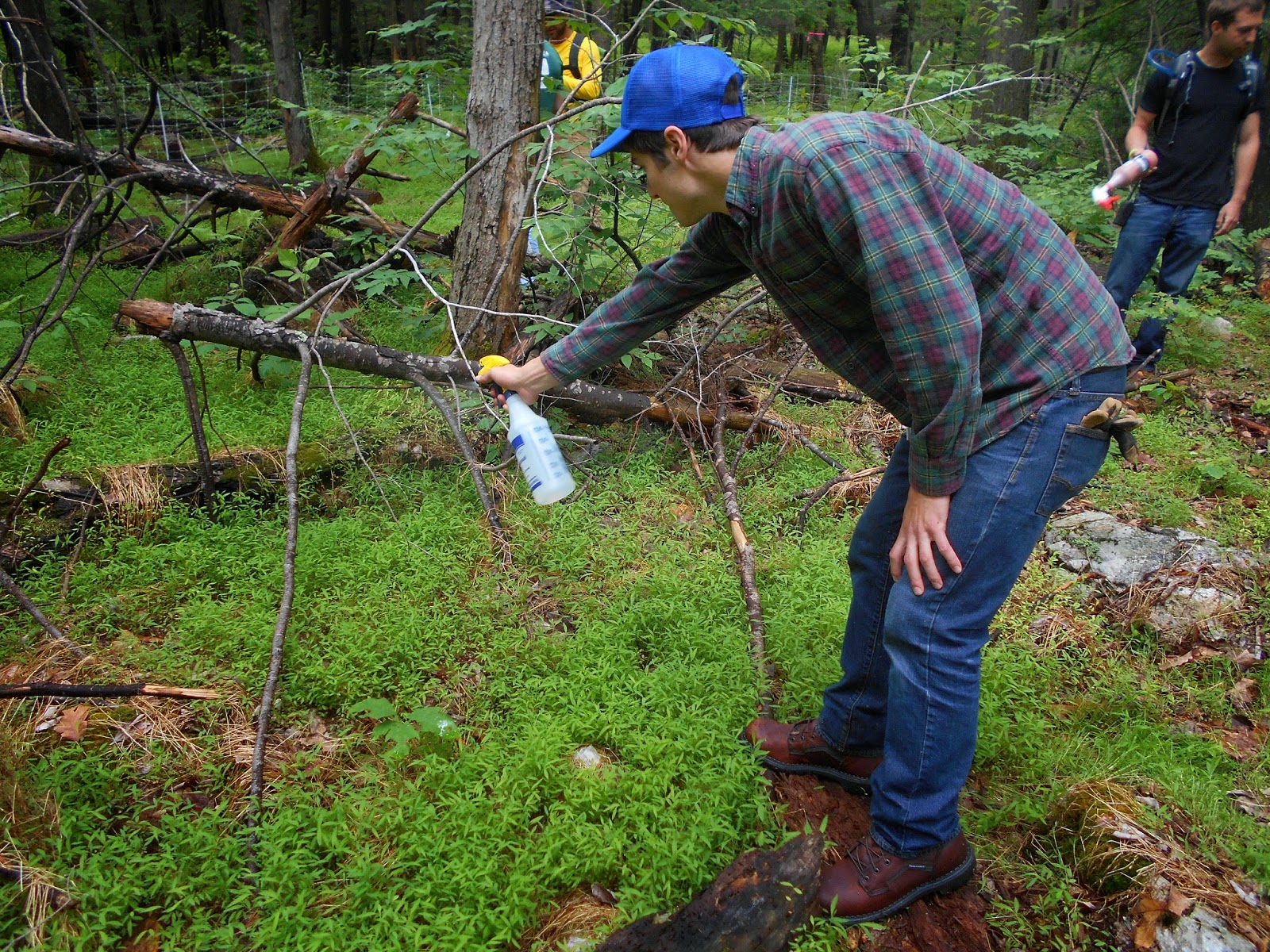Microstegium vimineum, commonly referred to as Japanese stilt grass or Chinese packing grass, is part of the Poaceae or grass familly. The stilt grass is traditionally native to Southeast Asia, but was introduce to the United States around 1919. Originally, the stilt grass was used to pack Oriental porcelain, which is how it probably first appeared here. Stilt grass was first introduced into the Tennessee area and can now be found from south New England to the Carolinas and west to Texas and Illinois.
Stilt grass is an annual plant that sheds hundreds of seeds before dying off in the late fall months. Stilt grass is usually spread by land disturbances, such as, grazing, burning, or logging. The seed can also be carried by moving water, so patches tend to appear in wet areas. Once it settles to an area it can spread quite rapidly. The stilt grass can grow in large patches that will outcompete native plants and block out sunlight to other understory plants.
There are a few methods that can be used to manage Asian stilt grass. Pulling the packing grass by hand is a simple and relatively easy way to manage it, but if there is a large area then this could take time and require several years of pulling to exhaust the seed bank. Another way is by weed whacking and mowing the stilt grass. This should be done late in the season to avoid the seeds from setting. Herbicides area also an effective way to manage stilt grass, but will usually kill the native plants with in the area.











